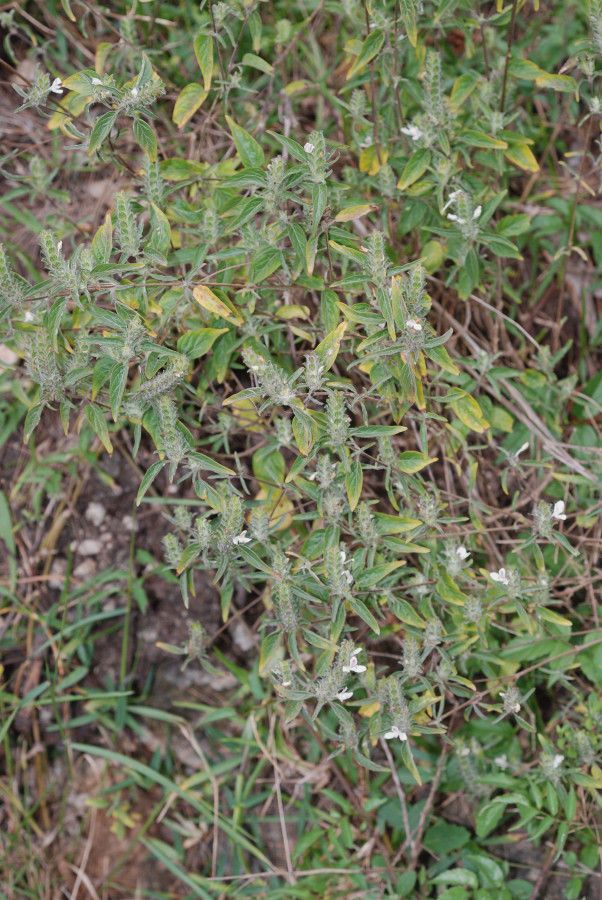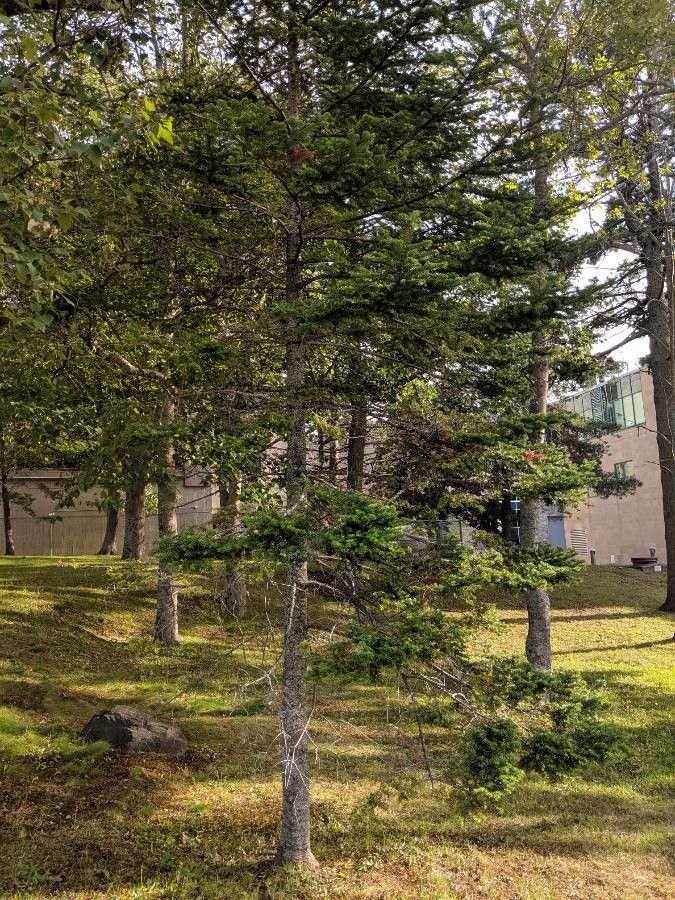### Bur-Cucumber: A Comprehensive Guide
The Bur-Cucumber, a fascinating member of the Cucurbitaceae family (the same family as cucumbers, squash, and melons), is a climbing vine known for its distinctive burrs. While its relatives grace our gardens, the Bur-Cucumber often occupies a more wild and sometimes unwelcome space. This guide will explore its characteristics, habitat, cultivation, and potential challenges.
### Identification
Identifying Bur-Cucumber involves recognizing its unique features. The plant is a vigorous, annual vine with tendrils for climbing, often reaching considerable lengths. Its leaves are palmate, meaning they resemble a hand with several lobes. The most distinctive feature, however, is its fruit. These are small, spiny fruits, resembling small cucumbers covered in hooked prickles – hence the name ‘bur’ cucumber. These burrs readily attach to clothing and animal fur, contributing to its spread.
### Habitat and Growth
Bur-Cucumber thrives in a variety of conditions, demonstrating remarkable adaptability. It prefers full sun to partial shade and is quite tolerant of different soil types, although well-drained soil is ideal. Its robust nature allows it to colonize disturbed areas, roadsides, and even cultivated land, often becoming a nuisance in gardens or fields. This adaptability is partly what contributes to its reputation as an invasive species in some regions.
### Planting and Care (If Desired)
While often considered a weed, Bur-Cucumber *can* be cultivated. If you choose to grow it, ensure it has ample space to climb. Provide a trellis or allow it to climb a fence or wall. Regular watering is essential, especially during dry periods. However, given its invasive potential, careful consideration is warranted. Containment measures are crucial to prevent it from spreading uncontrollably.
### Potential Challenges and Management
Bur-Cucumber's vigorous growth and burr-covered fruit can present challenges. Its tendency to aggressively spread makes it a concern for gardeners and farmers. The prickly burrs can be irritating to both humans and animals. Managing its spread often requires manual removal of plants, particularly before seed production. Herbicides can be employed as a last resort, but careful application is needed to prevent harming desirable vegetation.
### Ecological Considerations
Despite its invasive tendencies in some areas, the Bur-Cucumber plays a role in the ecosystem. It provides food and habitat for certain wildlife. Understanding its ecological context is crucial when considering management strategies, promoting integrated approaches that balance its control with preservation of biodiversity.
### Conclusion
Bur-Cucumber is a complex plant, simultaneously fascinating and potentially problematic. Understanding its characteristics, growth habits, and management techniques is vital for appreciating its place in the natural world and mitigating any potential negative impacts. Always prioritize responsible gardening practices and consult local resources for the best management strategies in your specific area.
Bur-Cucumber: Planting, Care & Identification Guide

Frequently Asked Questions
How to identify Bur-Cucumber?
Look for a vigorous vine with palmate leaves and small, spiny fruits resembling cucumbers covered in hooked prickles. These burrs are a key identifying feature.
Is Bur-Cucumber invasive?
Bur-Cucumber can be invasive in some regions due to its aggressive growth and seed dispersal mechanism. Its spread should be carefully monitored and managed to prevent it from overwhelming desirable vegetation.


